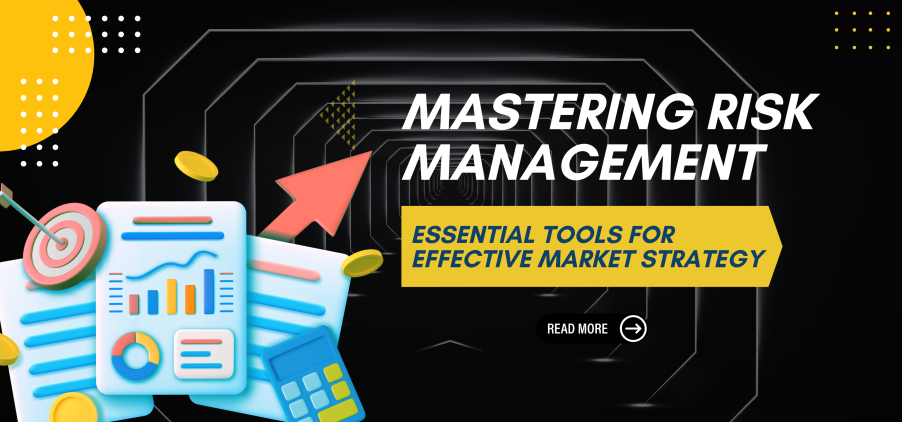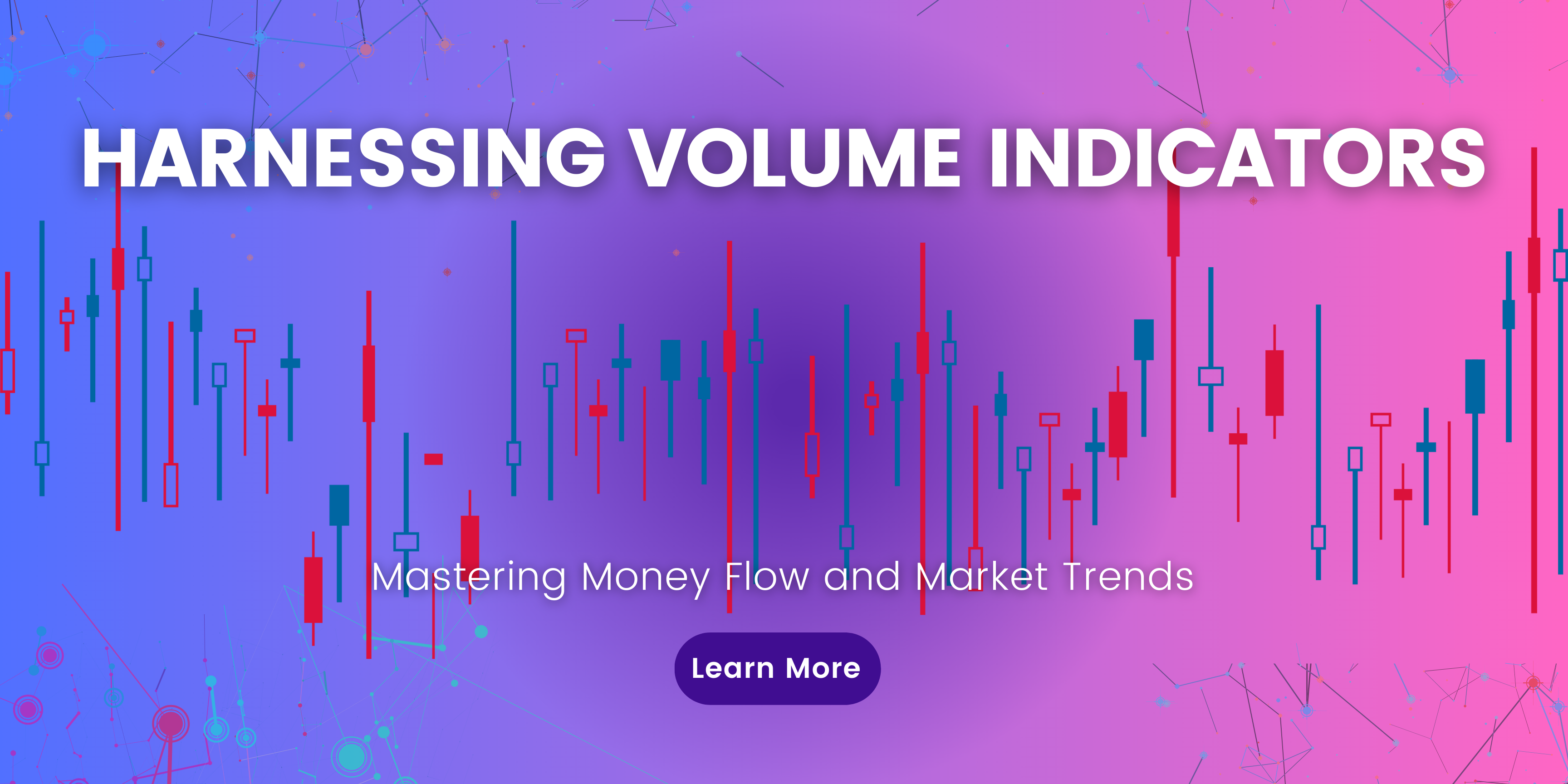Risk management is a critical component of successful trading and investing, especially in volatile markets such as forex, cryptocurrencies, stocks, and commodities. The right risk management tools can help protect investments and reduce the potential for catastrophic losses, enabling traders to operate with greater confidence. This article delves into several essential risk management tools and …
Mastering Risk Management: Essential Tools for Effective Market Strategy

Risk management is a critical component of successful trading and investing, especially in volatile markets such as forex, cryptocurrencies, stocks, and commodities. The right risk management tools can help protect investments and reduce the potential for catastrophic losses, enabling traders to operate with greater confidence. This article delves into several essential risk management tools and techniques that are fundamental to crafting a robust financial strategy.
Understanding Risk Management Tools
Effective risk management involves a combination of strategies, tools, and processes designed to identify, assess, and mitigate financial risks. Here are some key tools and techniques that traders and investors can use to manage their market exposure:
Stop-Loss Orders: A stop-loss order is a crucial tool that automatically closes a position at a predetermined price level to prevent further losses. It acts as a safety net, limiting potential losses on a trade gone wrong.
Position Sizing: This involves determining how much capital to allocate to a single trade based on the overall account size and risk tolerance. Proper position sizing ensures that losses on individual trades don’t significantly impact the overall portfolio.
Diversification: Spreading investments across various financial instruments, asset classes, and markets can reduce risk. Diversification aims to maximize returns by investing in different areas that would each react differently to the same event.
Risk/Reward Ratio: Before entering a trade, it’s important to assess the potential reward relative to the risk. A favorable risk/reward ratio is fundamental to profitable trading strategies, ensuring that potential rewards justify the risks taken.
Hedging: Hedging involves taking an offsetting position in a related asset to reduce risks associated with adverse price movements. Common methods include using derivatives such as options and futures.
Volatility Measures: Tools like the Average True Range (ATR) or the Volatility Index (VIX) can help traders understand the potential price movement and set appropriate risk levels. These measures are crucial for adjusting stop-loss orders and planning entry and exit points.
Leverage Management: While leverage can significantly increase potential profits, it also increases potential losses. Managing leverage means using it judiciously and understanding the implications of leveraged positions in market fluctuations.
Applying Risk Management Tools
Implementing these tools requires a clear understanding of both the tools themselves and the overall market conditions. Here’s how to effectively apply these risk management strategies:
Establish Clear Goals: Define what you aim to achieve and understand the risks associated with your investment strategy.
Regularly Review Strategies: Market conditions change, and so should your risk management strategies. Regular review and adjustment of strategies, including stop-loss orders and position sizes, are crucial.
Educate Continuously: Stay informed about new risk management techniques and tools. Continuous education can provide new insights and enhance your ability to manage risks effectively.
Conclusion
Risk management is not about eliminating risk entirely but about understanding and managing the risks to increase the likelihood of achieving your financial goals. The use of effective risk management tools is vital for protecting assets while seeking opportunities for growth in any market environment. By mastering these tools, traders and investors can safeguard their portfolios and navigate complex market dynamics with confidence.








